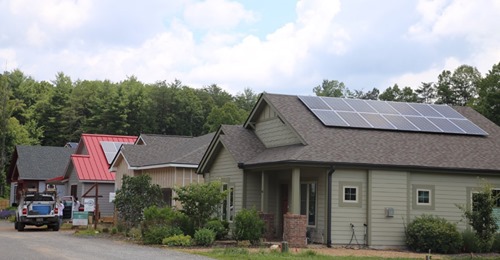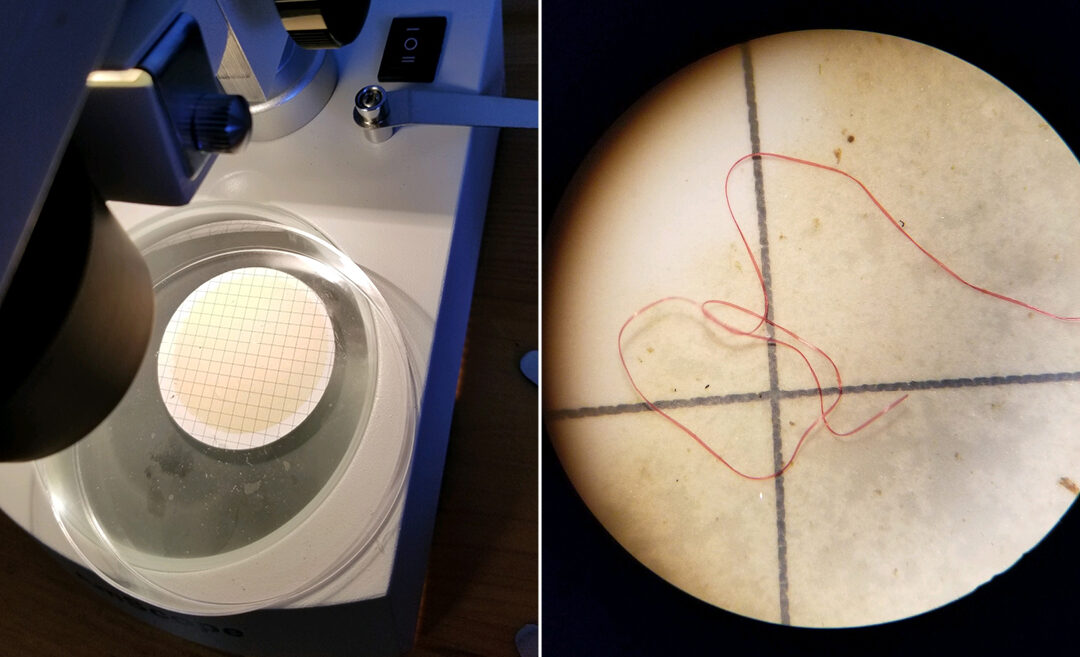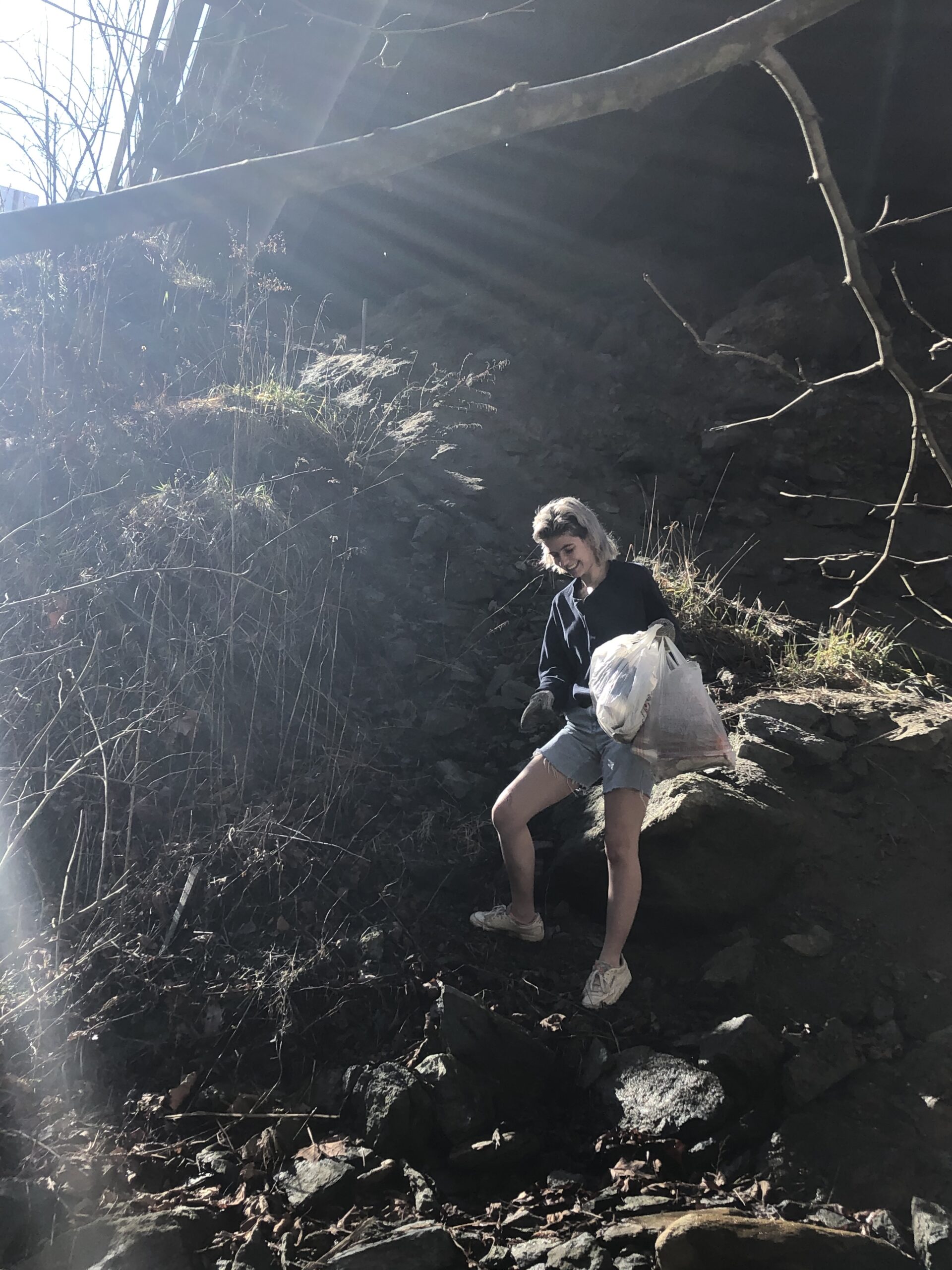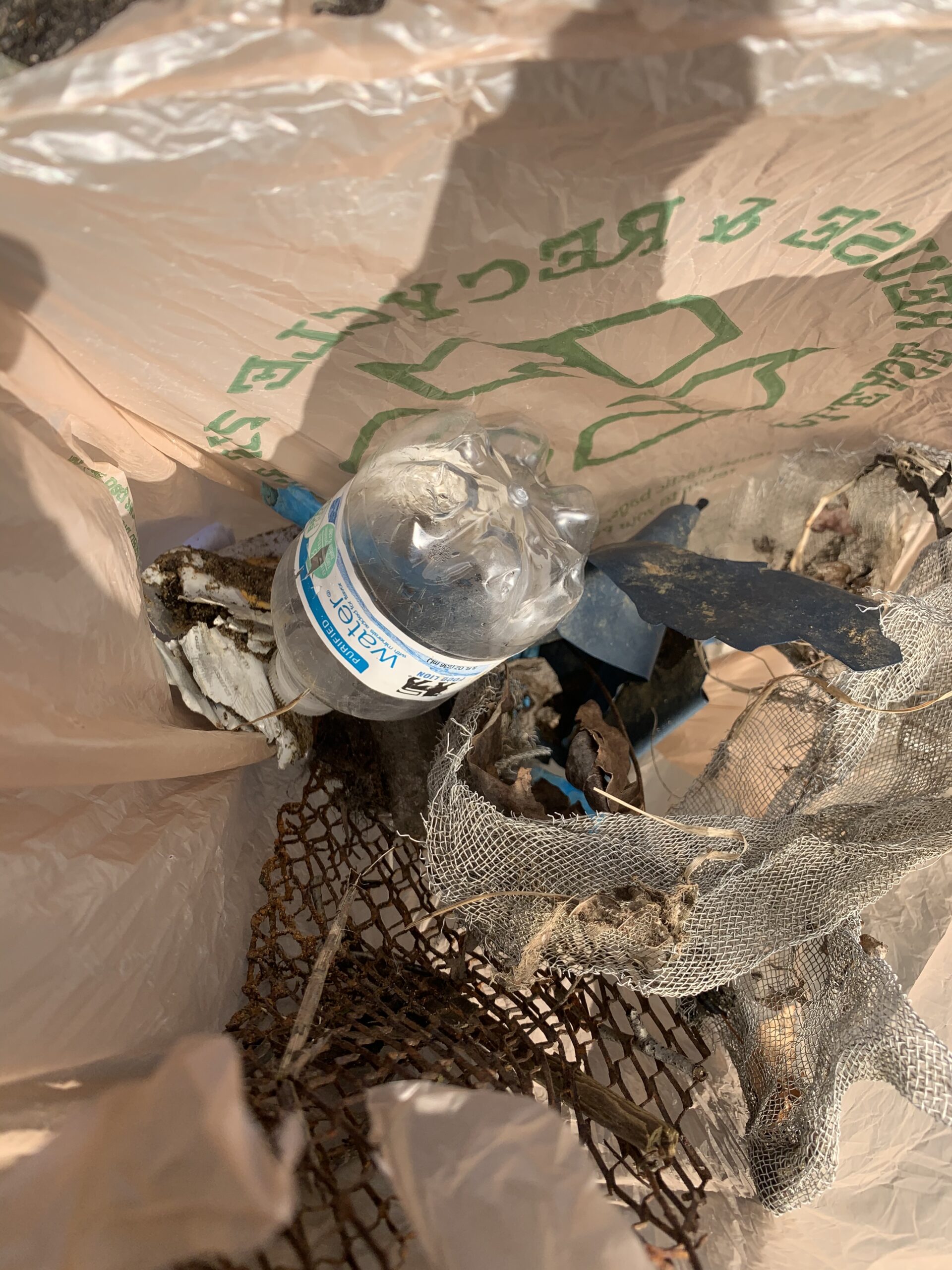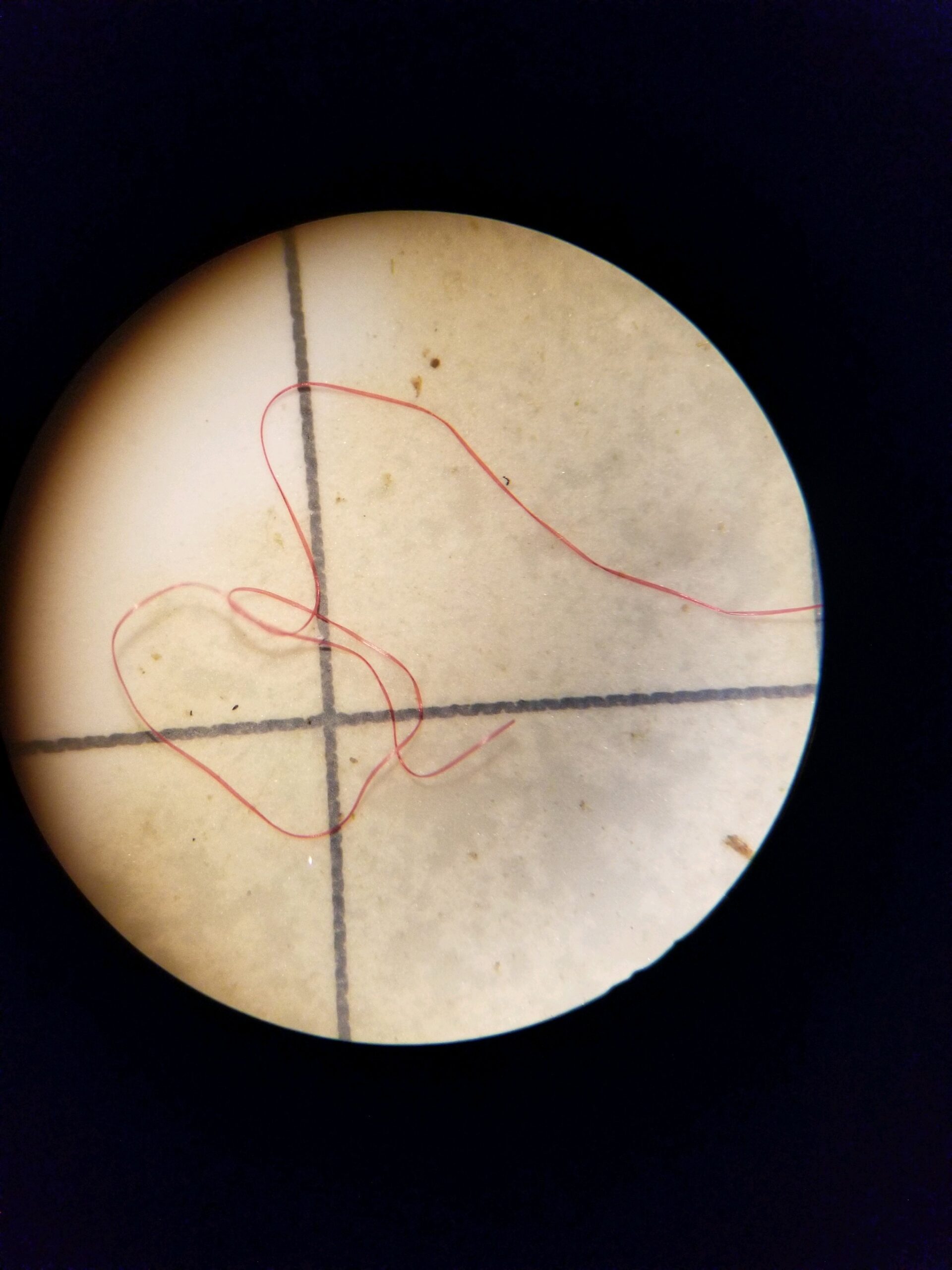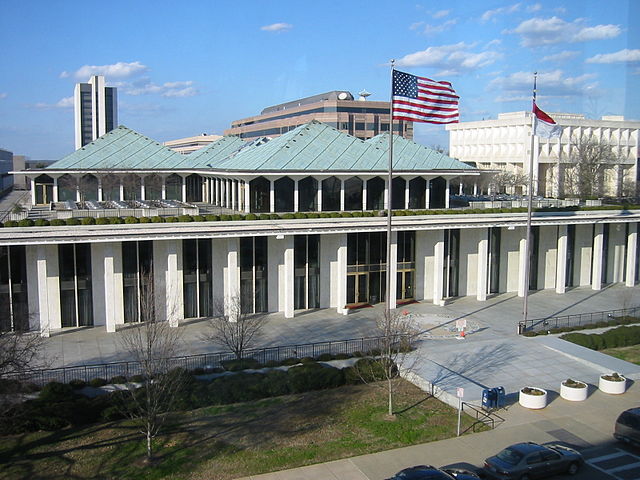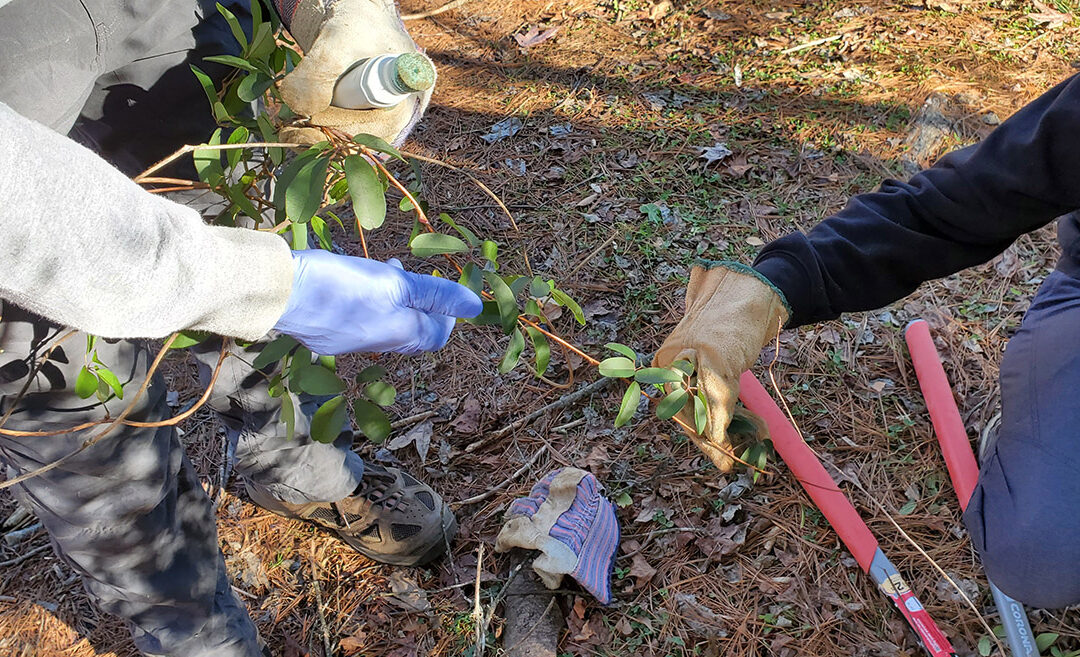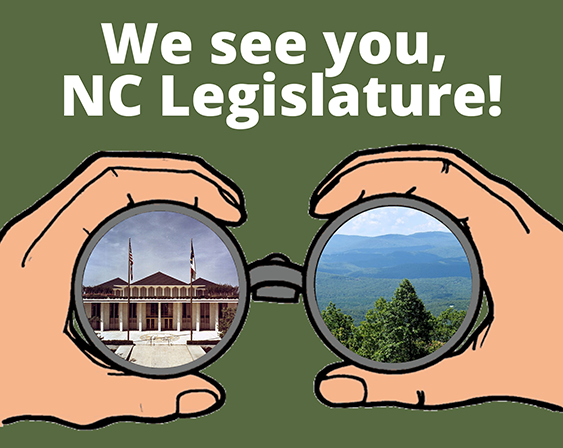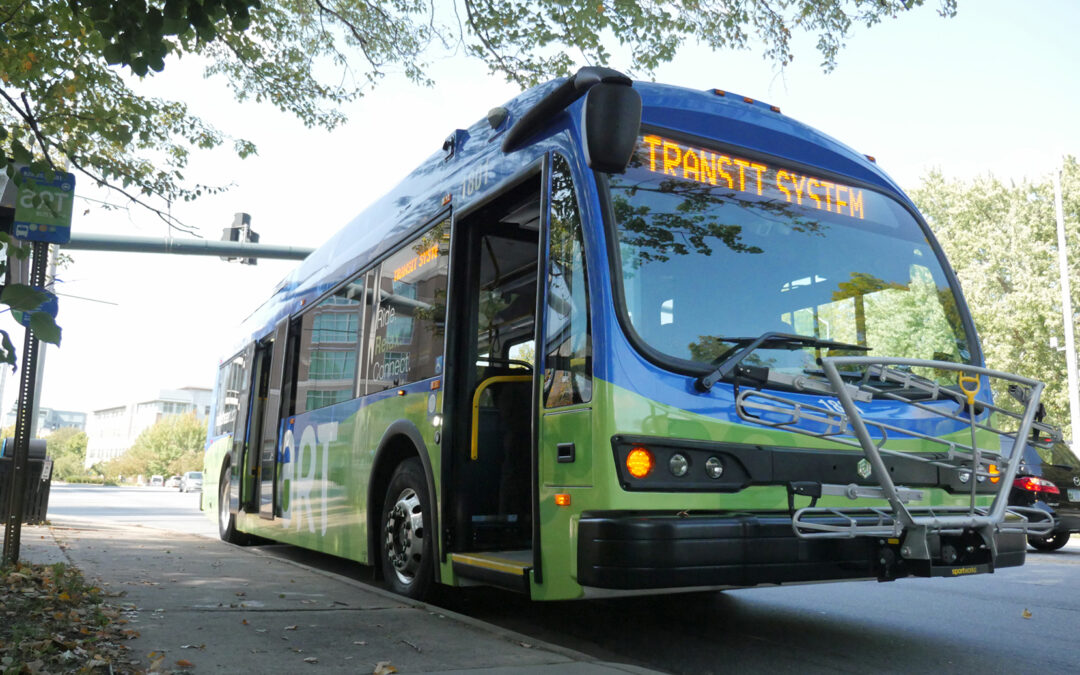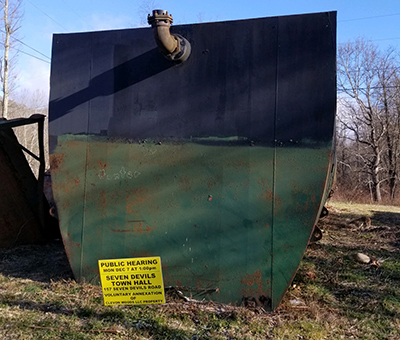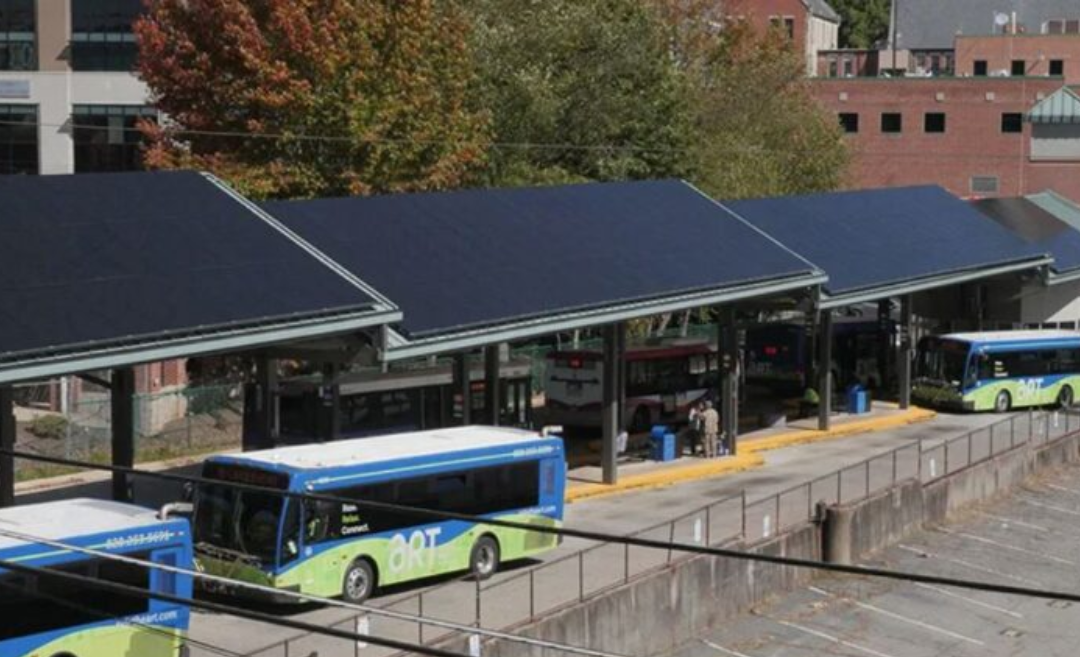
Call on the Buncombe County Board of Commissioners and Asheville City Council: Build Back Better With Public Transit!
Call on the Buncombe County Board of Commissioners and Asheville City Council: Build Back Better With Public Transit!
Action Expired
As our community recovers from Covid-19, building a more resilient and accessible public transit system in Buncombe County is more important than ever. Take action below to call on the Buncombe County Commissioners and Asheville City Council to increase funding for public transit in their budgets this year!
Here’s what we’re asking the Buncombe County Board of Commissioners:
- Create a Transit Master Plan to improve transit access in Buncombe County. While Asheville has its own Transit Master Plan, that plan largely focuses on transit within the city limits. This plan will lay out a roadmap for transit expansion in the County, prioritize transit connections between City and County routes, help increase federal funding for transit and lay out an action plan for the County to transition its fleet to 100% electric vehicles by 2030.
- Restore the County’s subsidy for Mountain Mobility services. In the past, the County provided Mountain Mobility service to the City at a reduced rate and subsidized the costs. But over the past couple of years, the County has reduced and then discontinued this subsidy, creating another strain on Asheville’s already underfunded transit system. We call on the County to restore this important health and human service for residents who need it.
Here’s what we’re asking Asheville City Council:
- Fund extended evening hours from Year 1 of the Transit Master Plan. We thank the City for agreeing to operationalize transit at their recent retreat, and know the next steps in doing that are funding the rest of Year 1 and priority items for Year 2 of the Transit Master Plan. Extending evening hours is the highest priority of transit riders who are advocates for a better system and a must-have for a reliable public transit system in a city like Asheville, where many service workers have night shifts.
- Fund priorities from Year 2 of Asheville’s Transit Master Plan, including increased frequency of the S3 and S6 on Hendersonville Road. Increasing frequency for the South Asheville routes will provide more reliable access for residents to living wage jobs in South Asheville, while connecting more of our neighbors living in affordable housing in South Asheville to downtown and other parts of the city. This will also connect residents to critical health and human services like MAHEC.
The Buncombe County Commissioners and Asheville City Council are both deciding what will be in their yearly budgets this month. Make sure transit makes the cut by contacting these local governments below. We hope you’ll personalize your message and write about why better transit is important to you!


